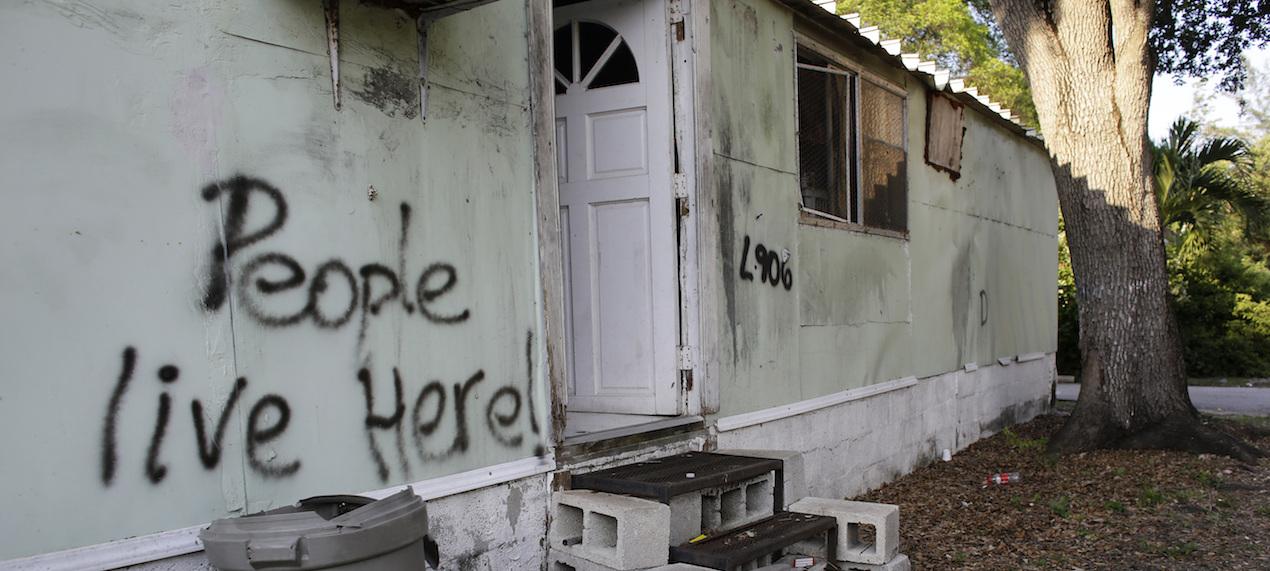Demon Copperhead by Barbara Kingsolver
White trash, trailer homes, foster farms and drug fuelled early deaths, Demon Copperhead is not a novel for the faint hearted. The down at heel sub-class of the residents of the Appalachian Mountains, where poverty and deprivation rule are exposed in Barbara Kingsolver’s novel Demon Copperhead – a blistering attack on American society and how it fails those at the bottom. Written in the first person by its hero Damon Fields, the story begins with his birth to his drug addict mother, continues with his horrific upbringing as a foster child and abusive stepfather Stoner and continues to his drug fuelled teens and eventual adult redemption.
A modern retelling story of Charles Dickens’ autobiographical David Copperfield the epic story of Demon’s young life has overtones of the 19th century Bildungsroman story with lightly disguised references. For Clara Peggotty read The Pegotts, for Mr Micawber read Mr McCobb and for Uriah Heep read Ryan Pyles. The equivalent characters include Dori for Dora, farmer Crickson for Mr Creakle, Emmy for Little Emily, and Murrell Stone or Stoner as Demon’s cruel stepfather in Dickens’ novel – is Edward Murdstone.

It is a dense 550 page read with a vast array of characters and an unremitting story of misery, poverty, bad luck and a bleak look at the underbelly of deprived America where social services and a welfare state are in a pitiful state. For them the American dream is an illusion and the politics of division offered by politicians like Donald Trump and other reprobates seem attractive.
Kingsolver’s novel has been praised by critics for the writer’s ability to get inside the head of the protagonist and in particular to articulate his thoughts and opinions. I’m not so sure. There’s an almost total absence of sex and sexual fantasies that virtually all young men have – a glaring omission since the writer goes into great detail about drug taking and the minutia of the various characters’ habits and personality flaws. Would I read it again? Probably not.
It’s a dark take on American society – a long way from The Waltons or Malcolm in the Middle. But there is humour in Demon’s descriptions such as, ‘If you throw a rock in Lee County, you will hit somebody with a family that’s worked coal.” And his childhood conversation with Emmy after a visit to a gift shop when she announces they will be married when they are grown-ups: “I asked her ‘why me? Why not Maggot?’ and she said, ‘Duh, Matty’s my cousin.’”
The novel contains a considerable amount of Demon’s own take on life and his philosophical thoughts which add gravitas and depth to the unremitting story of misfortune. He notes that: “Sunday school stories are just another type of superhero comic. Counting on Jesus to save the day is no more real than sending up the Batman signal.”
In David Copperfield the protagonist wonders whether he will ‘turn out to be the hero of my own life” while in Demon Copperhead towards the end of the novel the narrator ponders on the number of false starts that he’s made, and realised his problems began earlier: “First I got myself born. The worst of the job was up to me. Here we are.” Which is a bit unfair as life was pretty unforgiving for Demon – from the moment Stoner turned up, to the way the McCobbs took his money, the slave farm where he lived only slightly better than the cattle, to the woman who stole all his cash at a service station – the odds were stacked against him.
But he survived and by the optimistic ending it looks like he would do more than survive – becoming a professional cartoonist with his conversation with Angus – the girl with the hair that was more ‘girlier’. As they drive east away from his past on the way to a new life he notes: “The trip itself, just getting there, possibly the best part of my life so far.”
Harry Mottram
Notes: copperhead is also a venomous snake found in the forests of much of Eastern USA.
The novel was chosen as the September book in the Axbridge Four Season’s Book Club.


You must be logged in to post a comment.